Launched back in 1989 in gold form, the Austrian Wiener Philharmoniker soon became the premier European bullion coin and one of the big three alongside the American Eagle and the Canadian Maple Leaf ranges. Joined in 2008 by a 1oz silver coin, and in February 2016 by a 1oz platinum, it’s also one of the very few to have offered all three of the major precious metals with the same design.
Both sides of the coin were designed by the Austrian Mint’s chief engraver, Thomas Pesendorfer. The reverse face depicts eight orchestral instruments: four violins, a cello, a Viennese horn, a bassoon and in the background, a harp. The obverse side features the famous pipe organ from the Goldener Saal of the Viennese Musikverein, recognised throughout the world as the backdrop to the Philharmonic’s New Year concerts. The organ case was designed by the architect Theophil von Hansen, who was responsible for the whole building. The original organ was built by Friedrich Ladegast in 1872 and since then the organ has been renovated and replaced on various occasions, the last being in 2011. Visually, the body of the organ remains unchanged despite technical alterations. Above the organ, the words “Republik Oesterreich” stand in a semi-circle, while the weight and purity of the coin, with the date of issue below, stand beneath the balustrade of the organ. At the bottom edge of the coin appears its face value.
The coins are minted to demand every year, and as a result the mintages vary quite widely, especially the silver. The three versions all have the same diameter of 37.0 mm, the difference in metal density being taken up by thickness variations (the silver is 60% thicker than the gold for example).
SILVER
The first 99.99 per cent purity European silver bullion coin, the Austrian Mint first issued Vienna Philharmonic coins in silver on 01 February 2008. A million coins had been struck within a month of the date of issue, and by the end of the year almost eight million had been produced. Only ever available in the one-ounce format, sales have remained in the multi-millions ever since, peaking at almost 18 million in 2011. That makes it the world’s third biggest silver bullion coin after the American Silver Eagle and the Canadian Silver Maple Leaf, although if depressed sales in 2014 translate into similar 2015 numbers, it may lose its title to Perth’s Kangaroo silver bullion coin for which the mint is making extravagent claims.
The design remains the same as the gold except for the small inscription SILBER on the reverse to denote the metal composition, and the usual obverse changes to denote denomination and composition. A minor difference is that the coin rim is smooth, unlike the reeded edge of the gold. The coin has the unusual denomination of €1.5 EURO, and because it was only issued for the first time in 2008, it has never been denominated in Austrian Schillings. The coins are sold in monster boxes of 500 comprised of 25 tubes of 20 coins. It’s very easy to pick up single coins if you so wish.
SILVER PHILHARMONIKER SALES
GOLD
The first version of the Vienna Philharmonic to be launched, and by some considerable time, the gold coin debuted in October 1989. Initially available in 1oz and ¼oz sizes, it wasn’t until 1991 that a 1/10oz coin was added, and 1994 when a ½oz coin joined the lineup. In 2014 to celebrate the 25th anniversary of the Gold Philharmonic, a 1/25oz coin joined the lineup. All coins from 1989 to 2001 were denominated in Austrian Schillings, but in 2002 with the introduction of the Euro to Austria, the Philharmonic began to be denominated in the fledgling currency.
The design has the purest reverse side of the three metals now available, the only one not to carry the composition at the top, and is the only one available in fractional form. It’s been an extremely popular coin with the World Gold Council declaring it the world’s most popular in 1992, 1995, 1996 and 200o. It will likely take that honour in 2015 if sales turn out to be as high as expected. As of September 2015, sales of the Gold Philharmonic were greater than the American Eagle and Perth Mint gold bullion coins combined, an impressive achievement. The Austrian Mint claims that if all the Gold Philharmonics sold were stacked into one pillar, it would be 15km (9.3miles) high.
There have been three special issues of the Philharmonic coin. In 2004 for the 15th anniversary, the Austrian Mint produced a 1,000 ounce (31.103kg) coin of a staggering 370mm diameter and 20mm thickness. Only 15 were ever produced and the coin picked up the nickname ‘Big Phil’. Until the launch of the 100kg Gold Maple Leaf by the Royal canadian Mint in 2007, Big Phil was the a record holder.
In 2009, the mint launched a 20 ounce (622g) coin for the 20th anniversary, with a denomination of €2,000. With a 74mm diameter and a thickness of 8.3mm, a total of 6,027 coins were produced, 2,009 each for the European, American and Japanese markets. The 25th anniversary in 2014 saw a somewhat humbler, but far better celebration with the launch of a 1/25th ounce coin that remains in the range to this day. A proof set comprising a 1oz and a ¼oz were also made available, with a mintage limited to 5,000 sets.
TOTAL GOLD PHILHARMONIKER SALES (ALL WEIGHTS)
PLATINUM
The new coin is the Austrian Mint’s first platinum release in its entire 800-year history. Struck in one ounce of 999.5 pure platinum, the new Vienna Philharmonic coin was launched on 08 Feb 2016. It features the same award-winning Thomas Pesendorfer design as its gold and silver versions. As with other true bullion coins, the Platinum Philharmonic is priced at a small premium over the ever-changing spot price of the precious metal, but unlike gold, platinum is usually subject to VAT. In Europe that’s around 19-20%. While that’s also the case with silver, that metal has no practical alternative. Gold is an alternative to platinum and attracts no tax, making it far better value as an investment product to transport worldwide. The coin is a great move however, as many like to buy the occasional platinum coin and choice is quite limited in the market, but we’d not expect fractional versions anytime soon.
SPECIFICATION
| DENOMINATION | COMPOSITION | WEIGHT | DIAMETER | FINISH | MINTAGE | BOX / COA |
|---|---|---|---|---|---|---|
| €1.50 EURO | 0.999 SILVER | 31.07 g | 37.0 mm | UNCIRCULATED | TO DEMAND | NO |
| €4 EURO | 0.9999 GOLD | 1.24 g | 13.0 mm | UNCIRCULATED | TO DEMAND | NO |
| €10 EURO | 0.9999 GOLD | 3.11 g | 16.0 mm | UNCIRCULATED | TO DEMAND | NO |
| €25 EURO | 0.9999 GOLD | 7.78 g | 22.0 mm | UNCIRCULATED | TO DEMAND | NO |
| €50 EURO | 0.9999 GOLD | 15.55 g | 28.0 mm | UNCIRCULATED | TO DEMAND | NO |
| €100 EURO | 0.9999 GOLD | 31.10 g | 37.0 mm | UNCIRCULATED | TO DEMAND | NO |
| €100 EURO | 0.9995 PLATINUM | 31.10 g | 37.0 mm | UNCIRCULATED | TO DEMAND | NO |



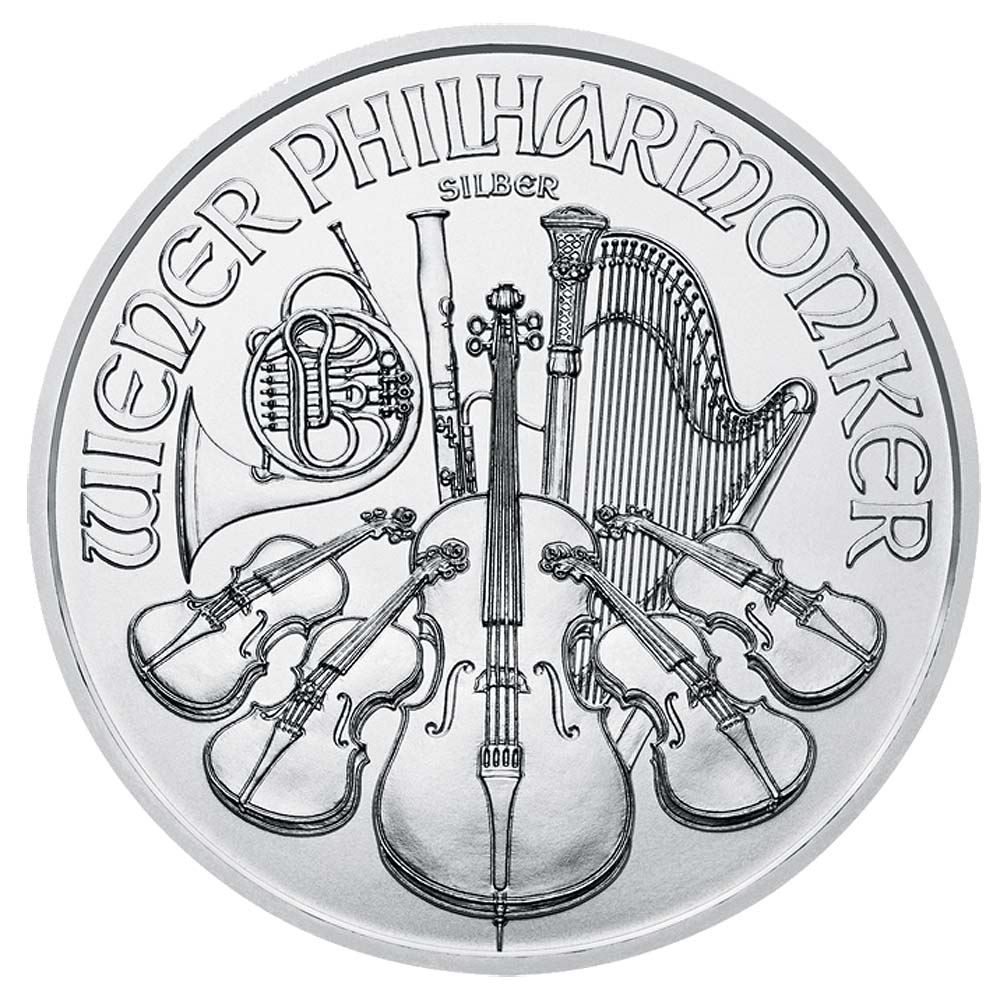
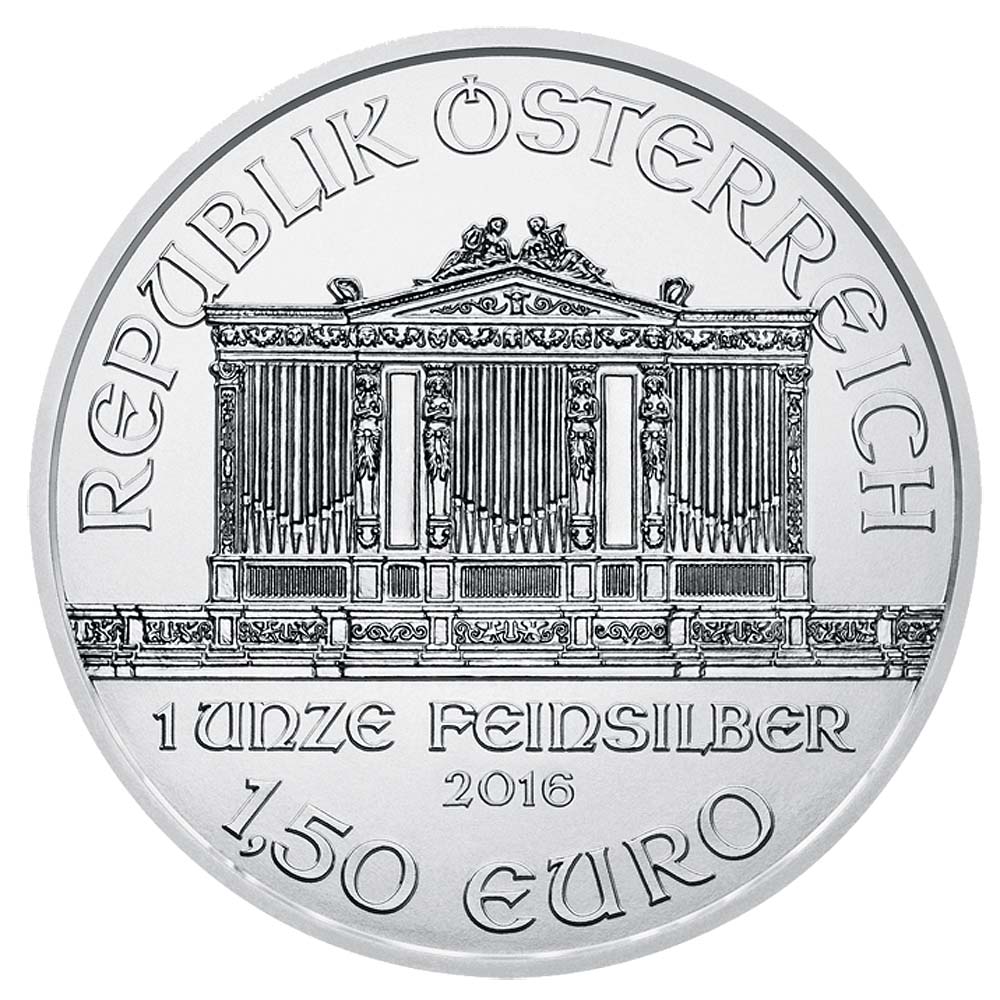

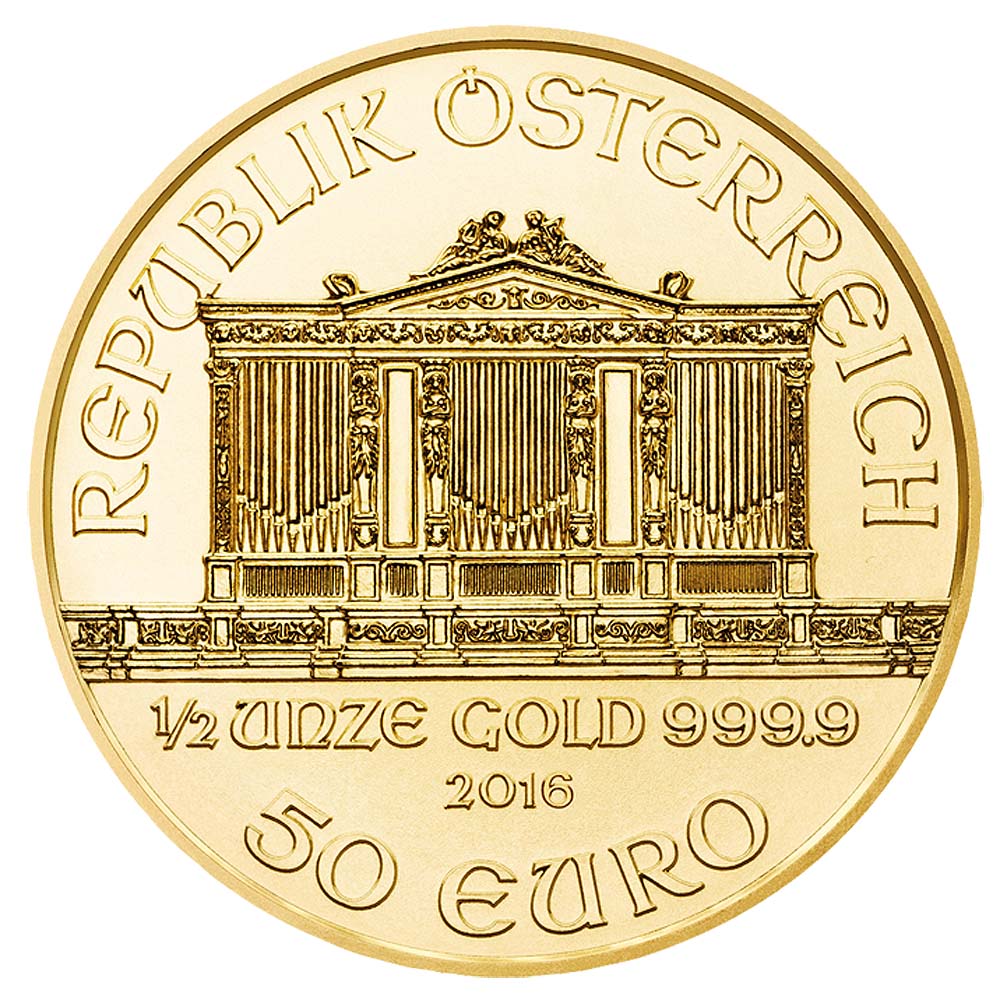
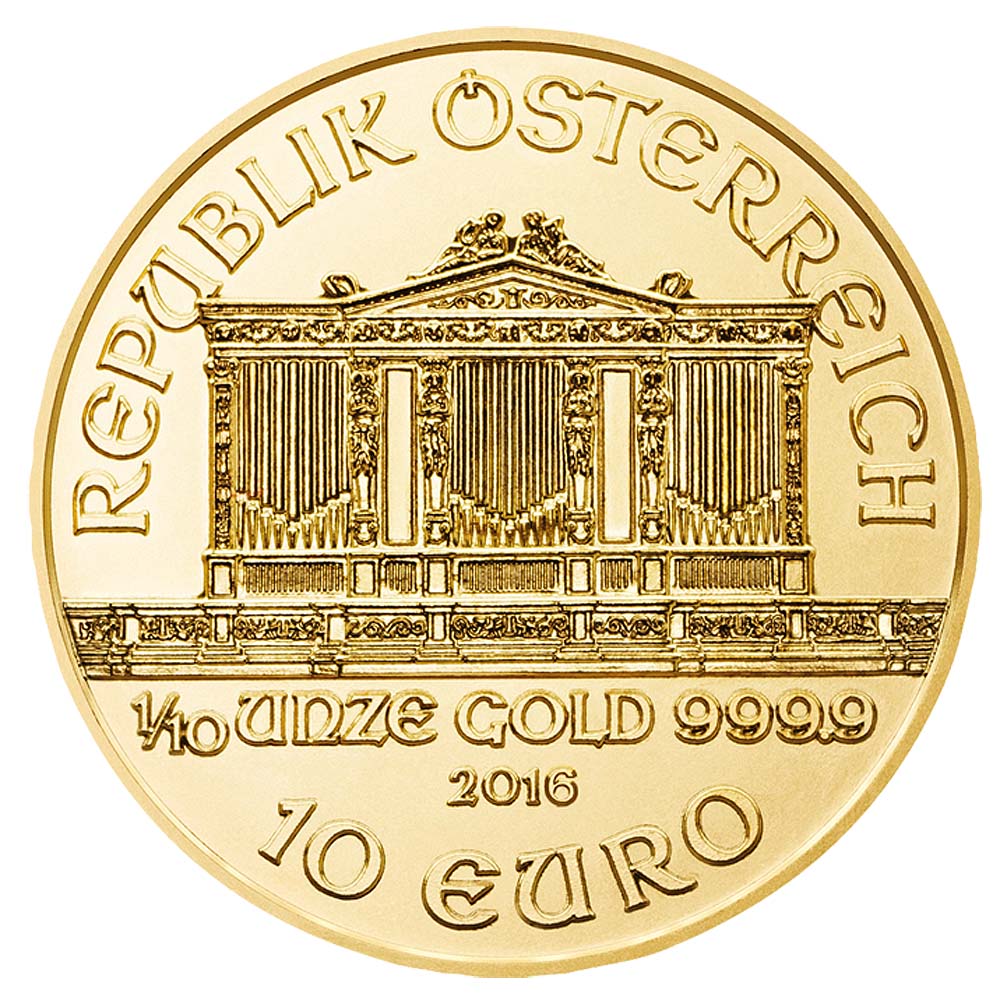
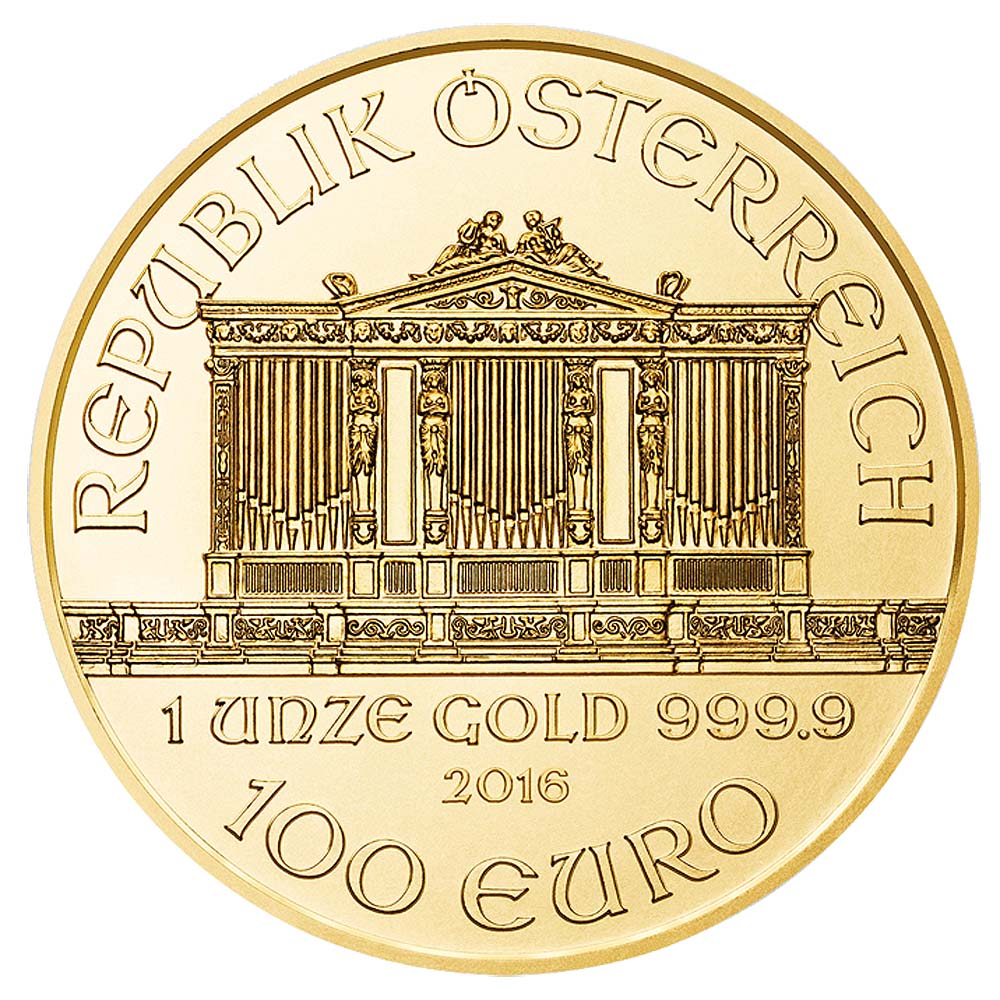
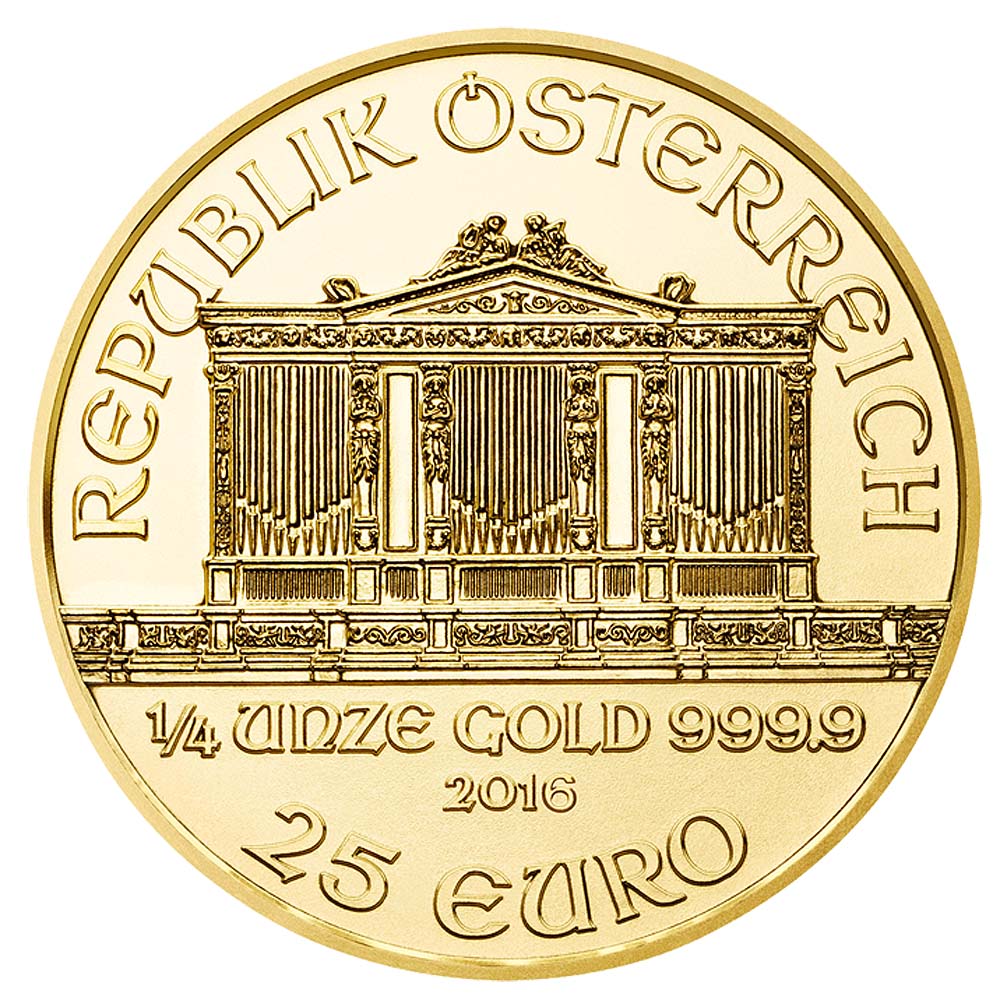
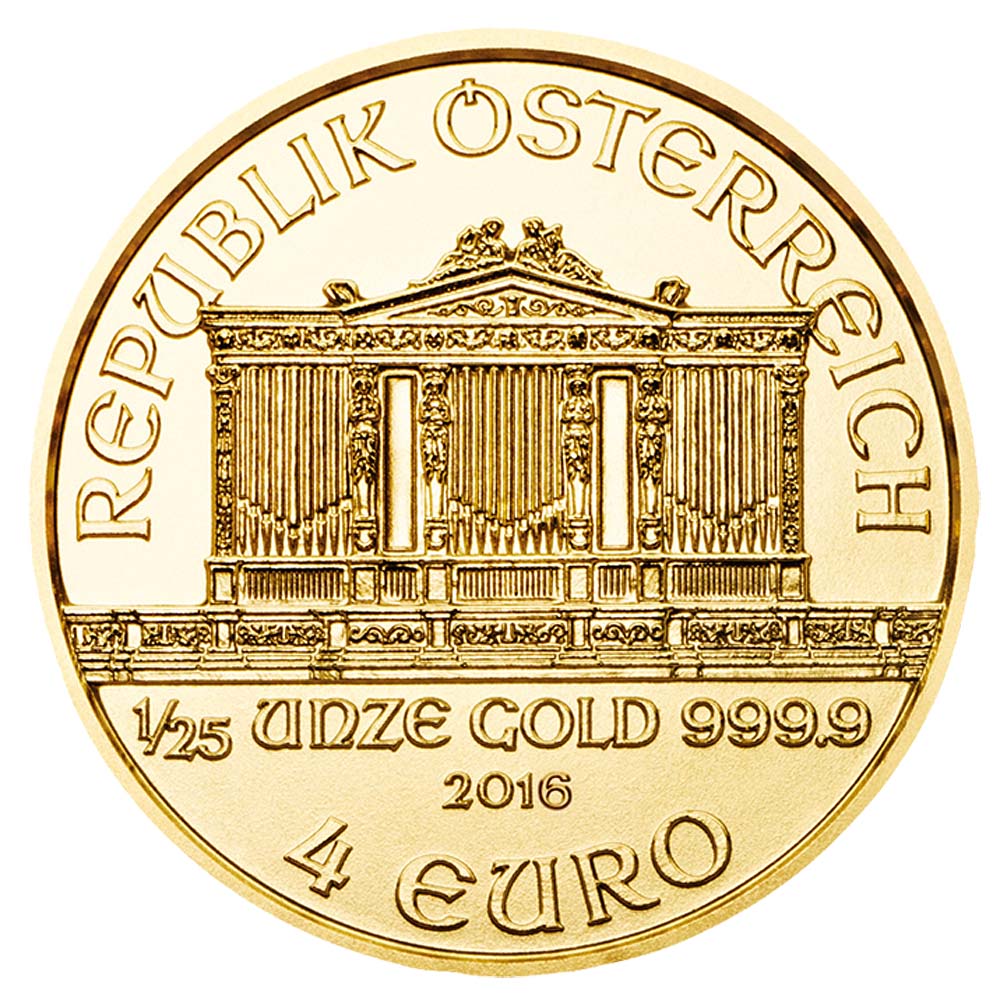
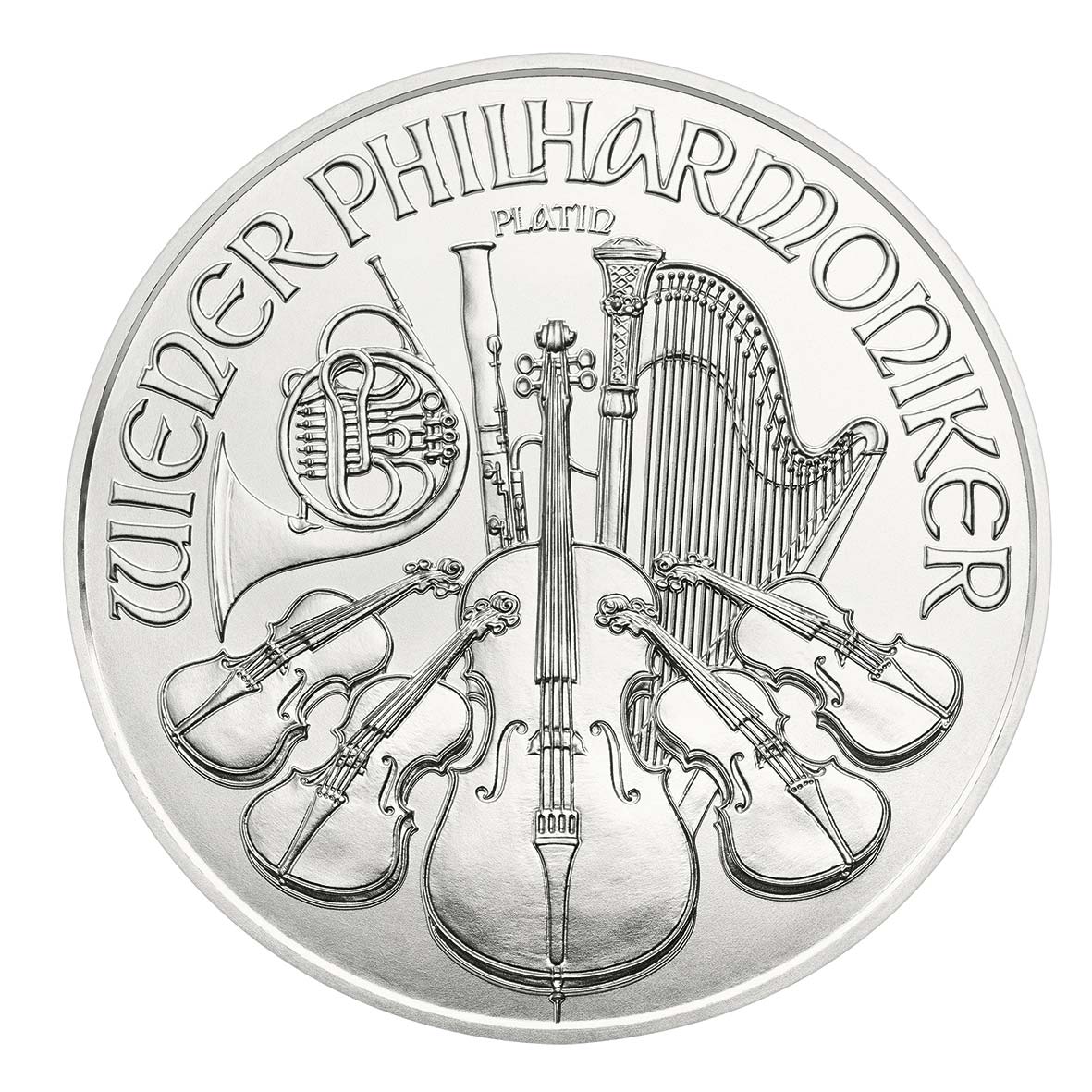
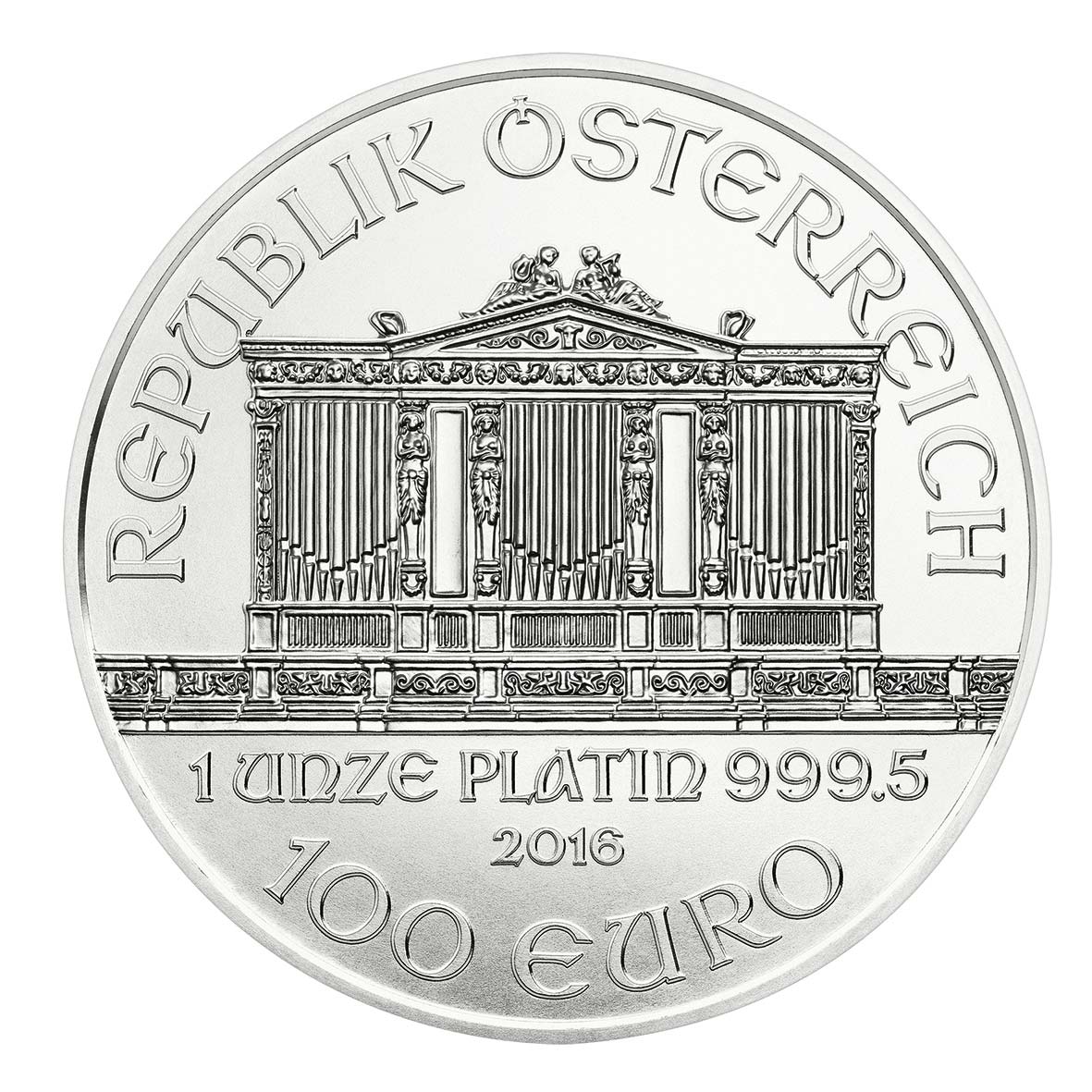



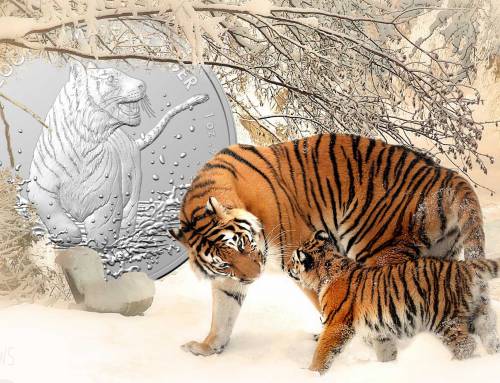
Leave A Comment